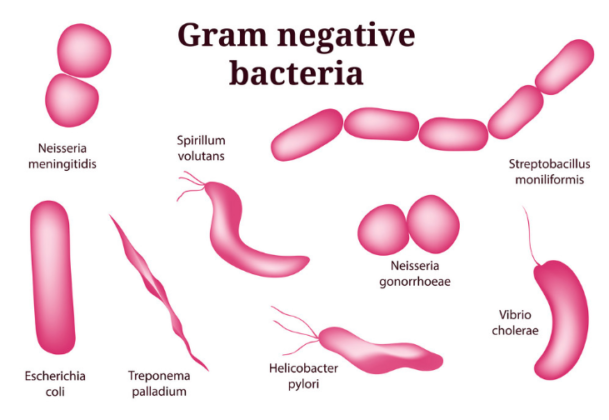

This view persisted for a number of years, particularly in the case of bacteria, because it could not be envisioned how such a “simple” organism could have anything but a simple membrane ( Rothfield 1971). Before this, many viewed the membrane as a semipermeable bag. Despite its obvious importance, membranes and their associated functions remained poorly understood until the 1950s. In addition to lipid components biological membranes are composed of proteins the proteins are what make each membrane unique. In almost all cells this structure is a phospholipid bilayer that surrounds and contains the cytoplasm. Chemists tend to think of membranes as self assembling but biological membranes do not self assemble they require energy to be established and maintained. Everything that exists outside of the biological membrane is nonliving. That means that the essence of the living state must be contained within the biological membrane it is a defining feature of all living things. The cell is a finite entity with a definite boundary, the plasma membrane. Would that mean we could become immortal in such a way? We don't know yet, but we're certainly going to dig deeper into the problem.It has been well known since the late 1830s that all living organisms are composed of fundamental units called cells. Could we treat our normal body cells with telomerase and prevent them from reaching the limit? The answer might be yes. This means we could treat cancers with telomerase inhibitors - if we prevent telomerase from extending their telomeres, cancer cells will stop multiplying after reaching Hayflick limit. Why? We don't know yet, but we're on our way to find that out. It works forever in cancer cells, but for some reason it stops working in "normal" cells. This enzyme extends telomerases and prevents them from being lost after a number of replication cycles. The answer to those questions is very interesting and rises a lot of possibilities for us. What about single celled eukaryotes, like amoeba? They have chromosomes too (linear DNA) but they don't have Hayflick limit. What you should ask now is: what about cancer cells? They seem to be immortal and divide without any limits.

If a bacterial specie had Hayflick limit they would stop reproducing after some number of divisions and that would be the end of the specie. They don't need telomerases and therefore they don't have any limits in cell division. Their polymerase can replicate an entire genome without losing one single part of it. This is where DNA replication and hence cell division stop happening.īecause bacteria have circular DNA, they don't have those problems. After 40 - 60 divisions telomeres reach critical length and they can't be sacrificed anymore. Instead of losing important genes, we lose a small part of telomeres in every cell division. Their only purpose (as far as we know) is to save the important part of DNA from being lost during the replication process.
E coli gram positive or negative code#
Those are long repeated sequences that don't code for any protein.

What does that mean for us? How much of DNA do we use per one cell division? Well, on the both ends of our linear DNA there are what we call telomeric regions, or telomeres. "The daughter" DNA will always be a bit shorter. That is, "the mother" DNA and "the daughter" DNA (those are not official terms) aren't identical. Bacteria don't have chromosomes and their DNA is circular.ĭue to the mechanism of DNA replication, our DNA isn't completely replicated. The main difference between our genome and bacterial genome is that our DNA molecules are packed into structures we called chromosomes and they are linear, meaning they have a starting point and an end point.

If any part of my answer is incomprehensible, please let me know. Okay, so this is very complicated question to answer and it requires a lot of molecular biology.


 0 kommentar(er)
0 kommentar(er)
